Arya Li, Project Manager at NextPCB.com

Support Team
Feedback:
support@nextpcb.com
Introduction
Imagine the complex smart device in your hand; its core operation relies on thousands of tiny "building blocks." These "building blocks" are electronic components, the language and foundation of the modern electronic world. From the simplest LED indicator light to the microprocessors that drive artificial intelligence, all electronic devices function because these components are connected by wires or traces on a Printed Circuit Board (PCB) to form a closed circuit with a specific purpose. Whether you are a beginner in electronics or an enthusiast seeking to understand hardware design, mastering the working principles and application scenarios of these 10 most common electronic components is the key to unlocking the electronic world.
Printed circuit board (PCB) assemblies turn copper traces into working electronics by soldering a small set of fundamental parts—resistors, capacitors, diodes, transistors, integrated circuits, connectors, inductors, switches, relays, and sensors—onto the board and linking them with pads, traces, and vias for reliable electrical and mechanical connections. This introduction walks you through the 10 most commonly used electronic components you’ll see on PCBs, what each does, how they appear on schematics/silkscreen, and where they’re used in real products, so you can read a BOM with confidence and make smarter design and assembly choices.
> Recommend reading: Wearable Electronic Components: From Trackers to Wrist-Worn Micro-Computers
Electronic components can be divided into two main categories based on their function in a circuit and whether they require an external energy source to operate: Active Components and Passive Components.
Passive components are energy acceptors. They cannot amplify signals or inject energy into the circuit. Their primary role is to consume, store, or dissipate energy.
Active components are energy donors. They must rely on an external power source to operate and are capable of amplifying signals, controlling the direction of current flow, or injecting energy into the circuit.
Almost all electronic circuits must contain at least one active component to perform a specific function.
Here are 10 of the most common and fundamental electronic components that make up modern electronic circuits, along with their practical application scenarios:
> The Resistor in Modern Electronics: Fundamentals, Advanced Applications, and Reliability
Type: Passive The resistor is one of the most common components in a circuit. Its basic function is to limit the flow of current by providing electrical resistance, dissipating electrical energy as heat when current passes through it.
Application Scenarios:
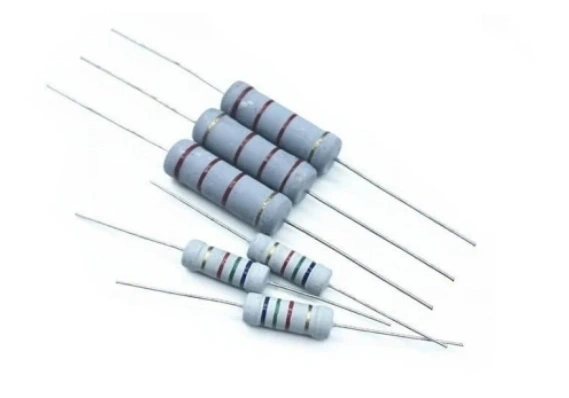
> Recommend reading: 10 kΩ Resistor: Principles, Advantages, and Applications in Electronic Design
> Recommend reading: PCB Capacitors: Why Is It Important and How to Choose?
> Recommend reading: Capacitor Symbols: A Guide to Understanding the Different Types
Type: Passive The capacitor is a component capable of storing electrical charge by storing energy in an electric field. Capacitors are crucial because they oppose sudden changes in voltage.
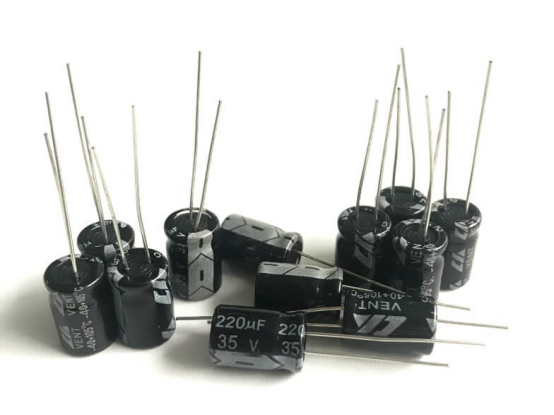
> Recommend reading: Inductor and transformer testing methods and experience
Type: Passive The inductor is a component that works by storing energy in a magnetic field when current flows through its coil. Its main characteristic is its ability to resist changes in current.
Inductance is a property of a closed circuit and a physical quantity. When the coil passes current, a magnetic field induction is formed in the coil, and the induced magnetic field will generate an induced current to resist the current passing through the coil; an inductor is an inductive component made of inductive properties. When the inductor is in the state of no current passing, it will try to prevent the current from flowing through it when the circuit is on; if the inductor is in the state of passing current, it will try to maintain the current when the circuit is off. Inductors are also called chokes, reactors, and dynamic reactors.
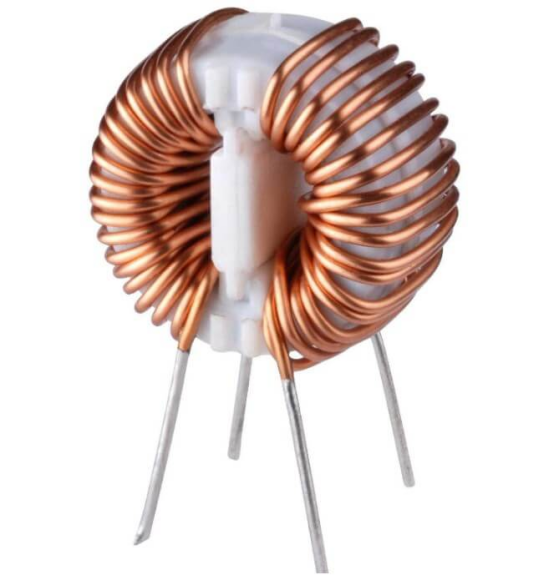
> Recommend reading: Introduction to Printed Circuit Board Diode (PCB Diode)
> Recommend reading: Diode Testing: A Comprehensive Guide for Beginners
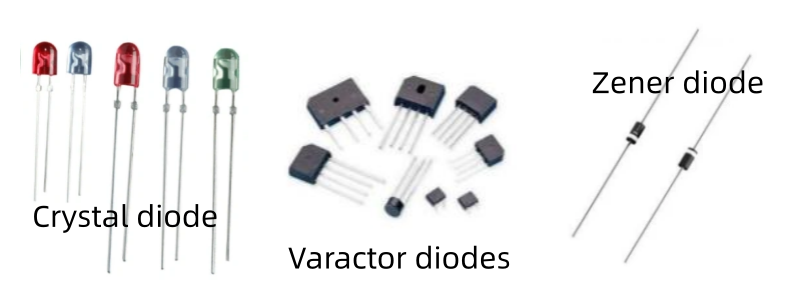
Type: Active The diode is a semiconductor device whose core characteristic is allowing current to flow in only one direction.
Application Scenarios:
Rectification: Used in power adapters to convert the AC from a wall outlet into pulsating DC.
Reverse Protection: Prevents damage to sensitive circuits if a user accidentally connects the battery with reversed polarity.
Freewheeling: Used in circuits with relays or inductive coils to absorb the reverse high voltage (flyback voltage) generated when the coil is de-energized, protecting control components like transistors.
Type: Active An LED is a special type of diode that emits light when current flows through its p-n junction. They are highly efficient light-emitting components.
Application Scenarios:
Status Indication: Used as power indicators, network status lights, or device fault alerts.
Illumination: Widely used in energy-efficient lighting (LED bulbs), TV backlights, and automotive headlights.
Optical Communication: Used in fiber optics or infrared remote controls to emit light signals.
> Recommend reading: BC547 Transistor: Ultimate Guide for Engineers and Hobbyists
Type: Active The transistor is the cornerstone of modern electronic technology. It is a semiconductor device primarily used for amplifying and switching electronic signals. Common types include the Bipolar Junction Transistor (BJT) and the Field-Effect Transistor (FET).
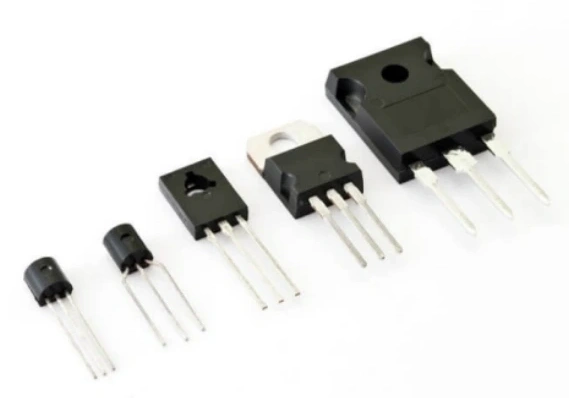
Application Scenarios:
Type: Active An Integrated Circuit is a compact assembly where multiple electronic components (such as transistors, resistors, and capacitors) and their interconnecting traces are fabricated onto a single, thin, flat piece of semiconductor material (usually silicon). ICs have revolutionized electronics by enabling miniaturization, improved performance, and reduced cost.
> Recommend reading: The Future of Integrated Circuit Memory in Automotive Electronics
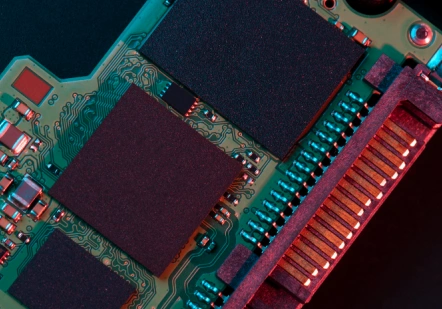
A switch is an electromechanical component that controls the flow of current by making or breaking a circuit through physical contact. A relay is a special switch operated by an electrical signal.
> Recommend reading: SPDT Switch: A Comprehensive Guide Is Here
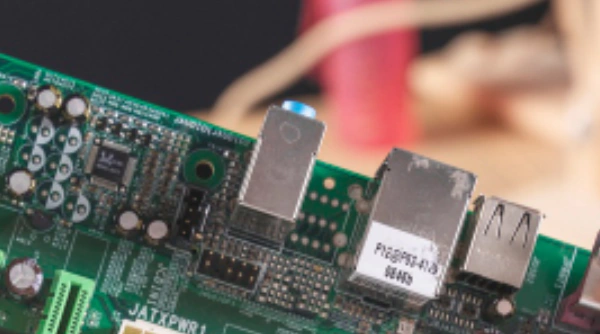
Connectors and headers provide mechanical and electrical interfaces between internal system components or between a system and external devices.
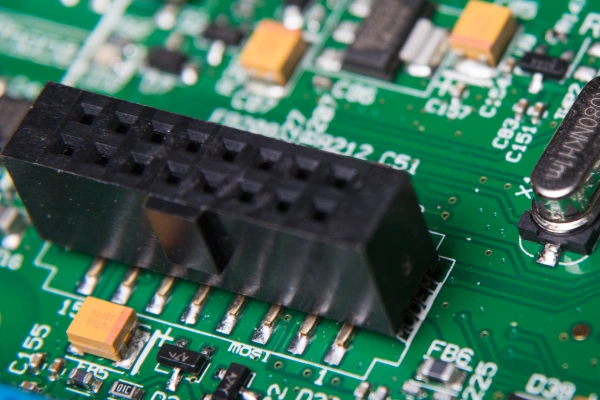
These components are crucial in digital systems as they are used to generate precise and stable clock frequencies.
> Recommend reading: Oscillators: What Are They? (Definition, Types, & Applications)
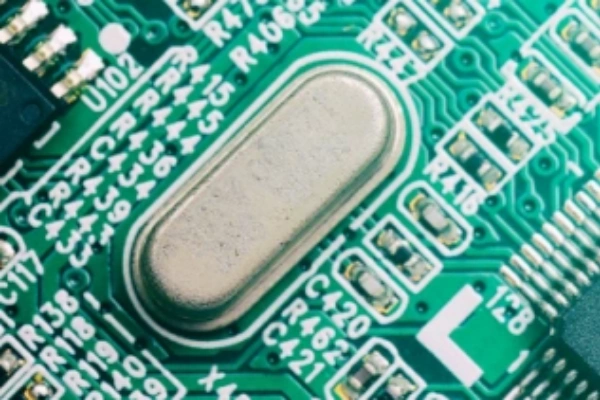
By understanding these 10 core electronic components, you have grasped the fundamental "vocabulary" and "grammar" required to build any electronic device. From the current-limiting resistor to the logic-executing integrated circuit, each component plays an indispensable role in the circuit.
To translate theoretical knowledge into practical skills, here are simple circuit examples using these basic components. We encourage you to try them out:
| Circuit Name | Core Components | Principle |
| DC Lighting Circuit | Power Supply, Resistor, LED | Demonstrates the simplest closed-loop circuit, where the resistor limits current to protect the sensitive LED from burnout. |
| Touch Sensor Circuit | Transistor, Resistor, LED | Demonstrates how a transistor acts as a switch. A tiny current (e.g., from finger touch) is used as the base current to turn the transistor on, controlling a larger current flow to the LED. |
| Simple USB Flashlight | LED, Connector, Switch | A beginner-level DIY project that helps familiarize the user with component soldering and basic circuit assembly. |
Understanding these core components is only the first step; translating a circuit diagram into a fully functional physical product, requires professional manufacturing and supply chain support.
As a provider specializing in PCB manufacturing and one-stop electronic assembly services, we are committed to turning your innovative designs into high-quality physical products.
NextPCB Services for Your Project:
Start your next project today. Let us help you efficiently manage your Bill of Materials, ensure a stable and reliable component supply, and provide exceptional manufacturing processes to transform these electronic cornerstones into your successful product.
Still, need help? Contact Us: support@nextpcb.com
Need a PCB or PCBA quote? Quote now